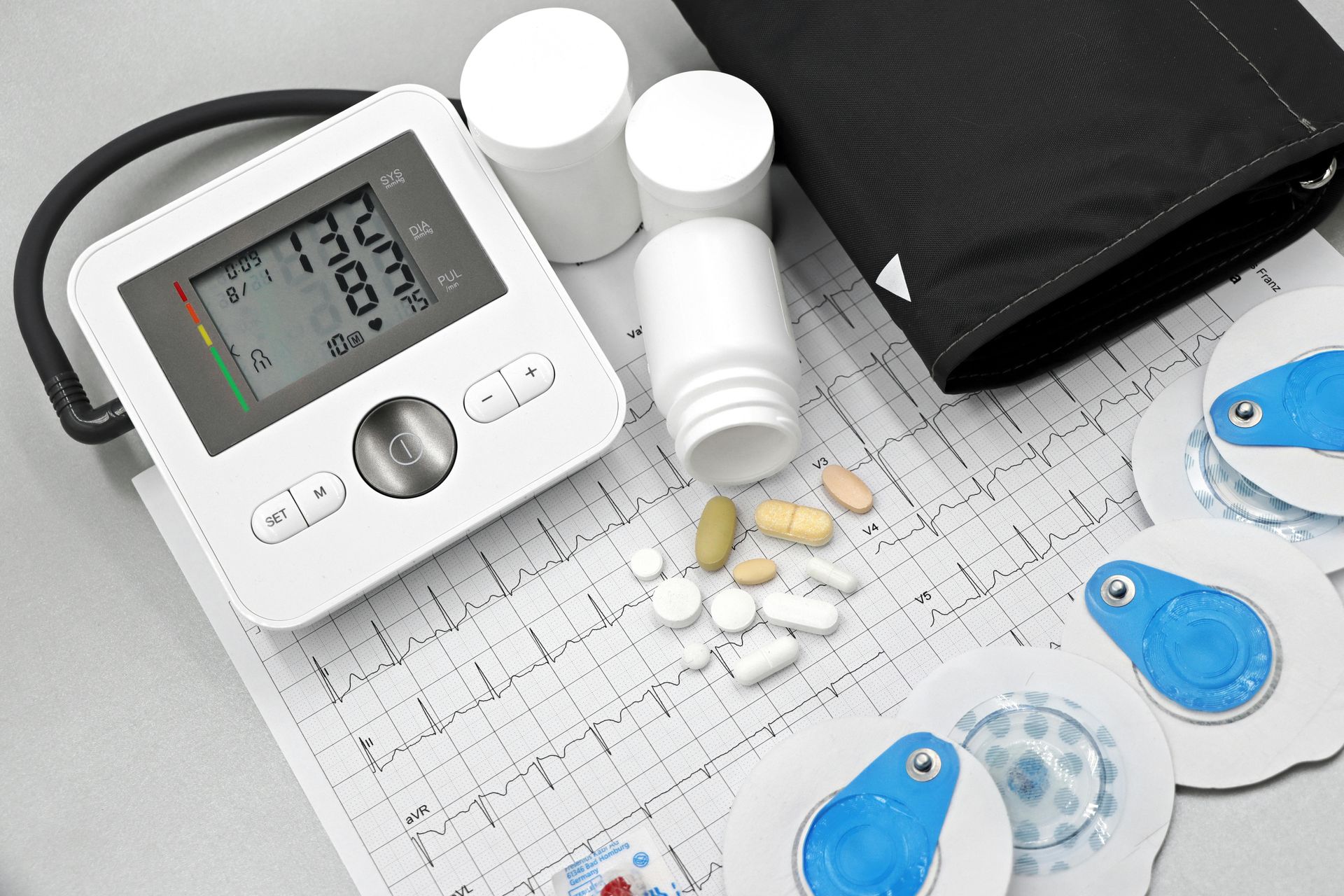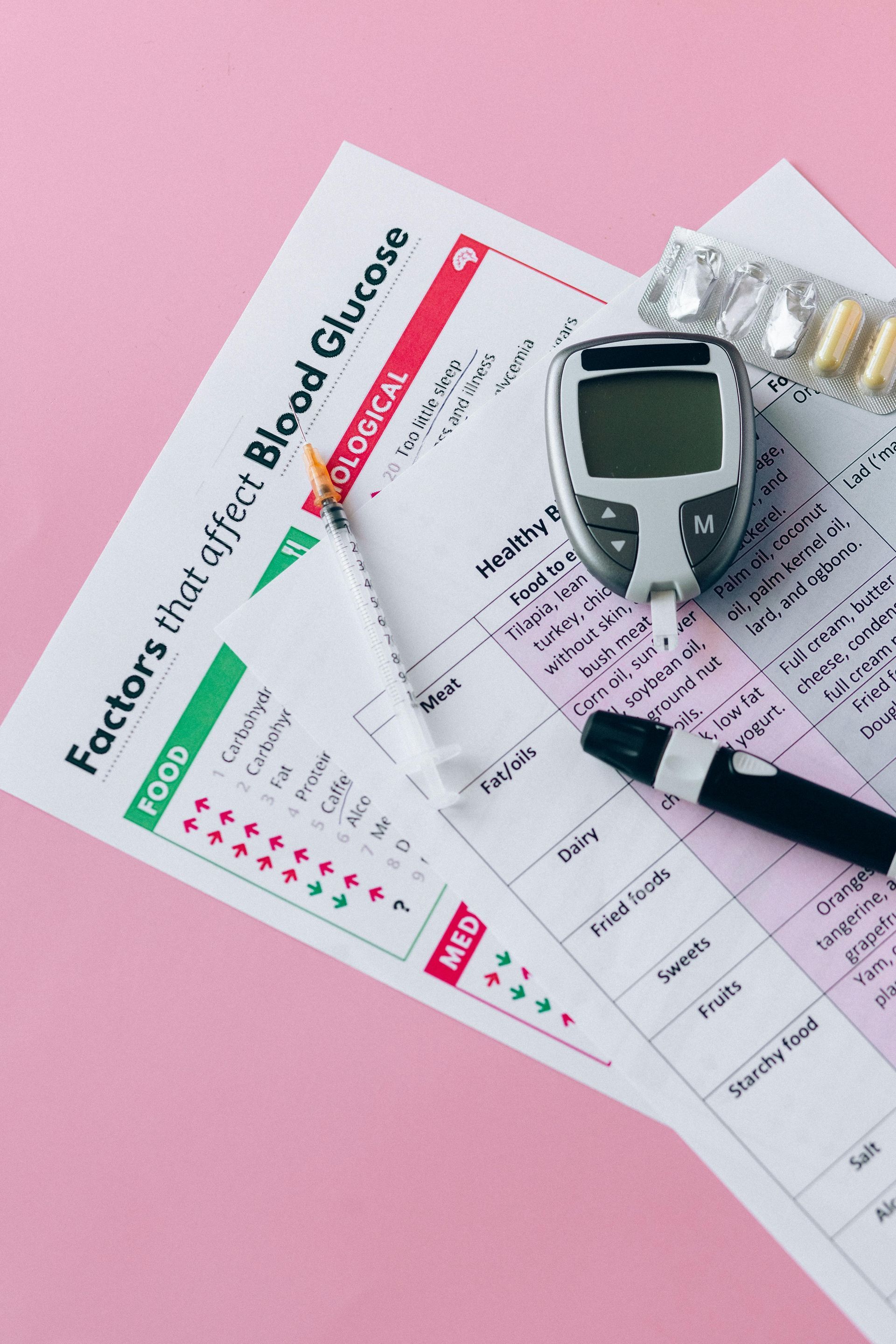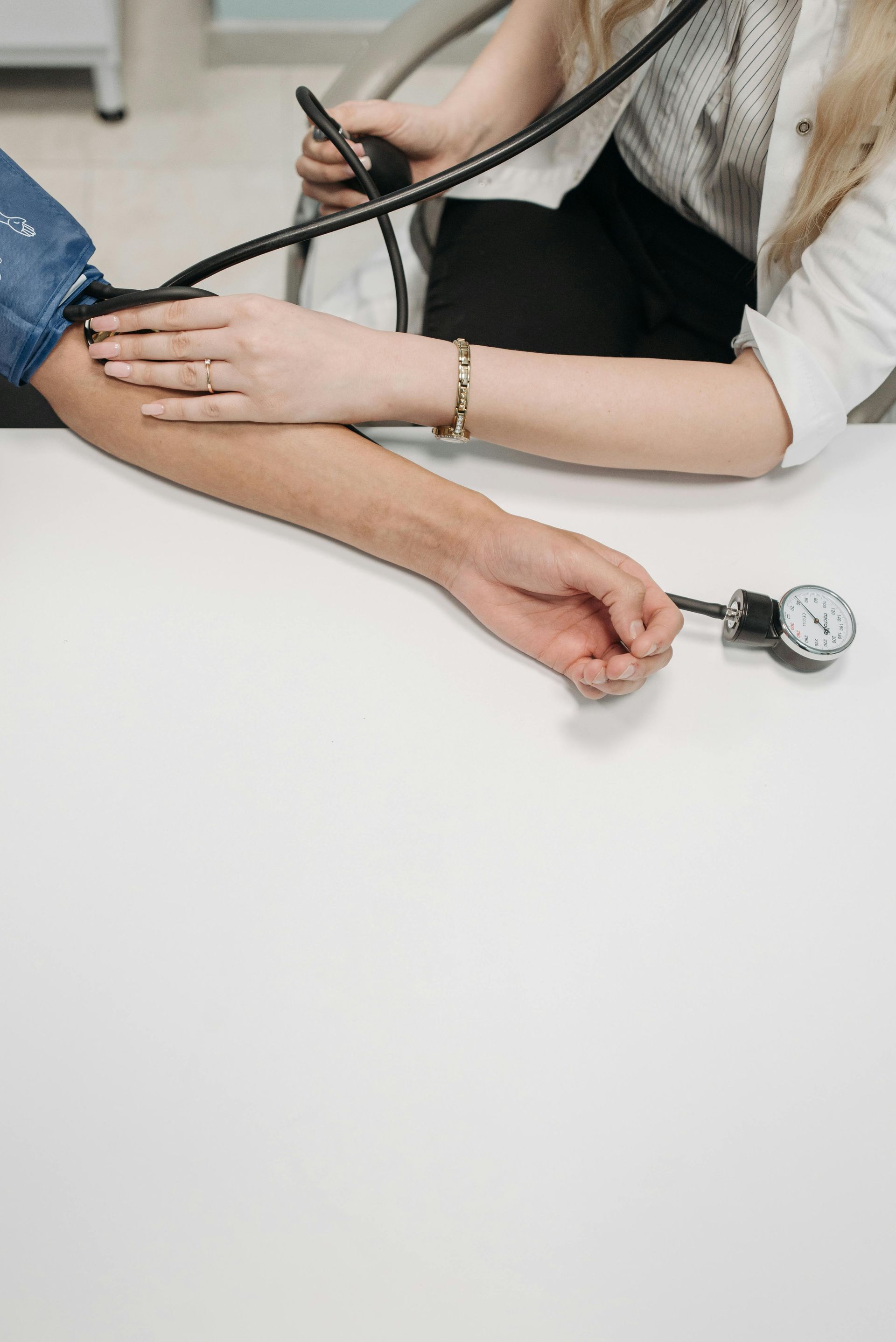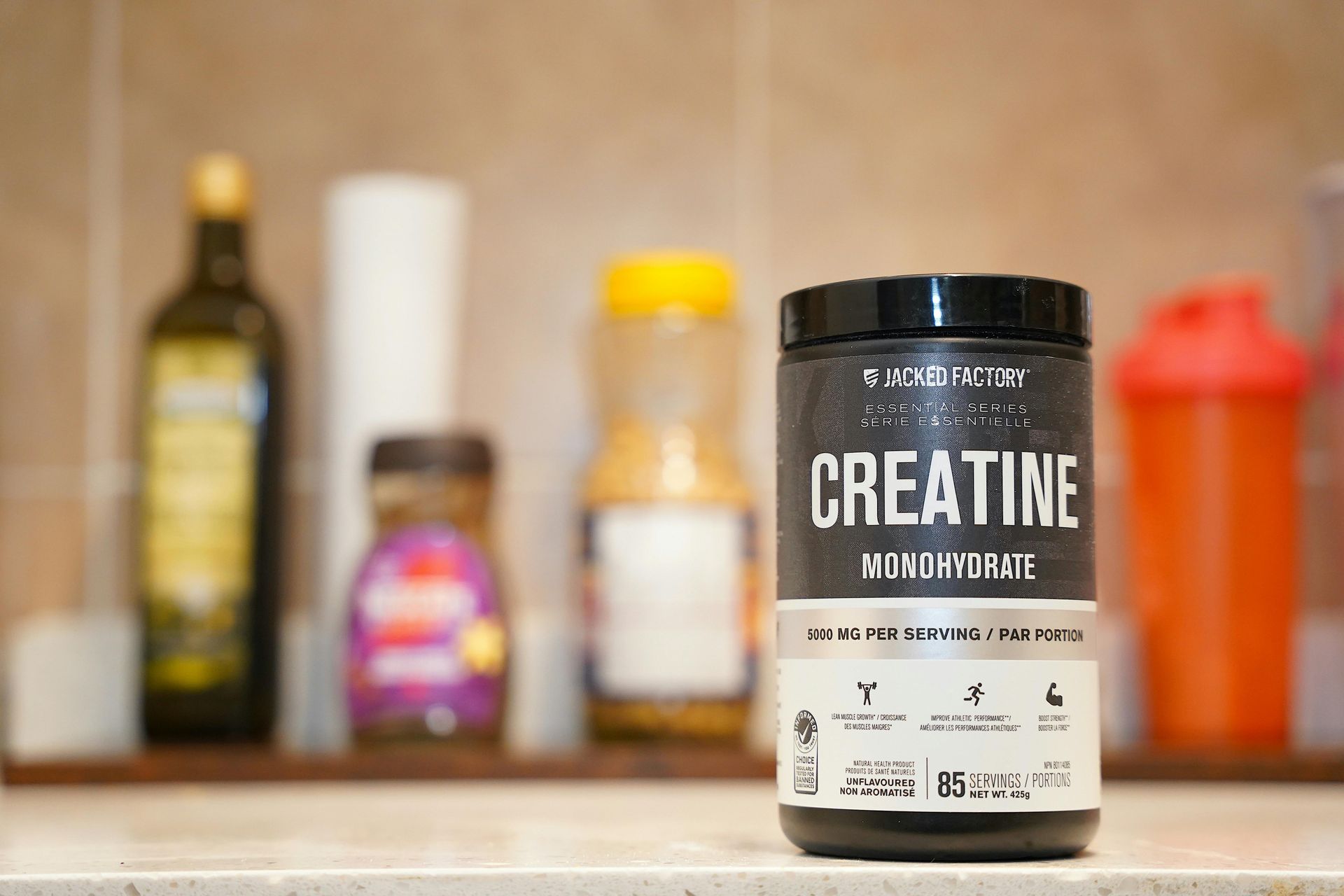Mohamad-Ali Salloum is a Pharmacist and science writer. He loves simplifying science to the general public and healthcare students through words and illustrations. When he's not working, you can usually find him in the gym, reading a book, or learning a new skill.
Types of Drug Antagonists
Share
An Antagonist is a molecule that binds to a certain receptor and LITERALLY does nothing.
It just sits there, preventing an agonist from binding to perform its usual action. [1] Just like an irritating sibling...
However, an antagonist has several ways to annoy the agonist and prevent it from binding to its receptor or do its effect. Let’s explore them...
1) Reversible Competitive antagonists:
It is the most common and usually it sits in place of the agonist. Increasing the concentration of the agonist in the presence of the reversible antagonist will allow its binding to the receptor. And that’s why it is called “Competitive”. There is a competition between the agonist and the antagonist on who will bind to the same receptor, and if the agonist concentration was increased, it will be able to replace the antagonist. Example of a competitive antagonist is naloxone, which is used in emergencies to reverse the life-threatening effects of a known or suspected opiate (narcotic) overdose [2]. Naloxone injection can be also used after surgery to reverse the effects of opiates given during surgery. [3]
2) Irreversible Competitive antagonist:
In this case, increasing the concentration of the agonist in the presence of the irreversible antagonist will have no effect. This happens because the antagonist binds irreversibly to the receptor and there is no concentration from the agonist that can replace it. Note that this kind of antagonism is also called “Competitive” since both molecules compete on the same receptor, however, the irreversible antagonist contain reactive groups that create covalent bonds with the receptor. Usually, these are used as experimental tools to investigate about the receptor function, and few are used clinically. However, irreversible enzyme inhibitors that act similarly are clinically used and include drugs such as aspirin, omeprazole, and monoamine oxidase inhibitors (MAOIs) [4]
3) Allosteric (non-competitive) antagonists:
Allosteric antagonist means that this molecule does not sit necessarily on the receptor itself, but it binds near it and causes some modifications that will prevent the agonist from binding to is receptor, because simply the agonist can’t recognize the receptor (scientifically, we say that the allosteric antagonists reduce the affinity of the agonist toward their receptors). Thus, increasing the concentration of the agonist will have no effect. Example for allosteric antagonist is Ticagrelor, an anti-platelet drug. [5]
4) Physiologic antagonist:
The antagonist binds to a receptor that totally differs from the one that the agonist binds on. The physiologic response that results from the binding of the antagonist will antagonize the effect of the agonist. (Even if this physiologic antagonist is an agonist itself)
For example, histamine acts on Histamine Receptors of the parietal cells of the gastric mucosa to stimulate acid secretion, while omeprazole blocks this effect by inhibiting the proton pump. [4]
5) Chemical Antagonist:
This antagonist will work directly on the agonist itself and not on the receptor (most of the times). The main mechanism here is the binding of this chemical antagonist to the agonist and preventing its binding to its receptors. Examples include the use of chelating agents. (e.g., dimercaprol) that bind to heavy metals and consequently reduce their toxicity. Infliximab, a neutralizing antibody, has an anti-inflammatory action due to its ability to sequester the inflammatory cytokine tumor necrosis factor (TNF). [4]
6) Pharmacokinetic antagonist:
It is the ‘antagonist’ that effectively reduces the concentration of the active drug at its site of action. As we know, the Pharmacokinetic steps are Absorption, Distribution, Metabolism, and Excretion. At every step, if a drug can alter the concentration of the active drug at its site of action, it is considered a pharmacokinetic antagonist. For example, Phenytoin (anti-seizure drug) enhances the hepatic metabolism of warfarin (anti-coagulant drug), which will result in the reduction of the anti-coagulant effect. On the other hand, the rate of absorption of the active drug from the gastrointestinal tract may be reduced, or the rate of renal excretion may be increased. Interactions of this kind are common and can be important in clinical practice.
7) Partial agonists:
These types of molecules, although they are agonists, however, they act as antagonists in the presence of the full agonists (refer to this article to understand difference between full and partial agonists). [4] Example of a partial agonist is Tolazoline and when it is combined with the full agonist Phenylephrine, it acts as an antagonist.
You can also watch the illustrative video below for more understanding of the topic.
Resources:
[1] N. E. Goeders, "Antagonist," 2001. [Online]. Available: https://www.encyclopedia.com/medicine/anatomy-and-physiology/anatomy-and-physiology/antagonist#apaTab0. [Accessed 11 3 2022].
[2] A. M. Sabzghabaee, N. . Eizadi-Mood, A. . Yaraghi and S. . Zandifar, "Naloxone therapy in opioid overdose patients: intranasal or intravenous? A randomized clinical trial," Archives of Medical Science, vol. 10, no. 2, pp. 309-314, 2014.
[3] "Naloxone Hydrochloride," , . [Online]. Available: https://www.drugs.com/monograph/naloxone-hydrochloride.html. [Accessed 12 3 2022].
[4] R. J. F. R. H. G. Rang HP, Rang and Dale's pharmacology, ed., vol. , , : Elsevier, 2016, p. 6–20.
[5] J. J. Nawarskas and S. M. Clark, "Ticagrelor: a novel reversible oral antiplatelet agent.," Cardiology in Review, vol. 19, no. 2, pp. 95-100, 2011.
List of Services
ABOUT THE AUTHOR
Mohamad-Ali Salloum, PharmD
Share
Recent articles:





















